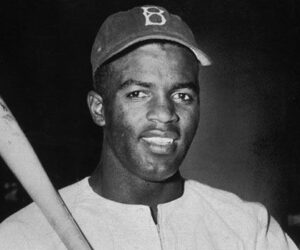The name Isaac Newton goes hand in hand with science. Arguably one of the greatest minds in the history of science, Isaac contributed some of the fundamental basics to physics and other fields. Newton came up with the ideas about motion and gravity, two fundamental parts of the science of physics. He also helped develop calculus together with Gottfried Wilhelm Leibniz of Germany.
Do you know what the top 10 Isaac Newton accomplishments are? What are some of his biggest contributions to science? Most people have at least some knowledge about Newton. But we will talk about some of the accomplishments by Isaac Newton that few people remember.
Do you know that his unhappy childhood helped shape his secretive personality? Born prematurely on Christmas Day in 1642, Newton had a solitary childhood. His father died before he even came to this world. And at the age of three, his mother wed another man, leaving him in the care of his grandparents.
As an adult, he spent most of his time in his work. He never married and had no hobbies. Fun fact: his mother wanted him to grow into a farmer. But we all know how that turned out.
Active as a scientist in the second half of the 17th century, Newton led the world towards a scientific revolution. Many regard his book Principia as the most important scientific work.
Let’s talk about how he changed and influenced science. Newton contributed to the development of mankind as few others in history.
Development of Calculus
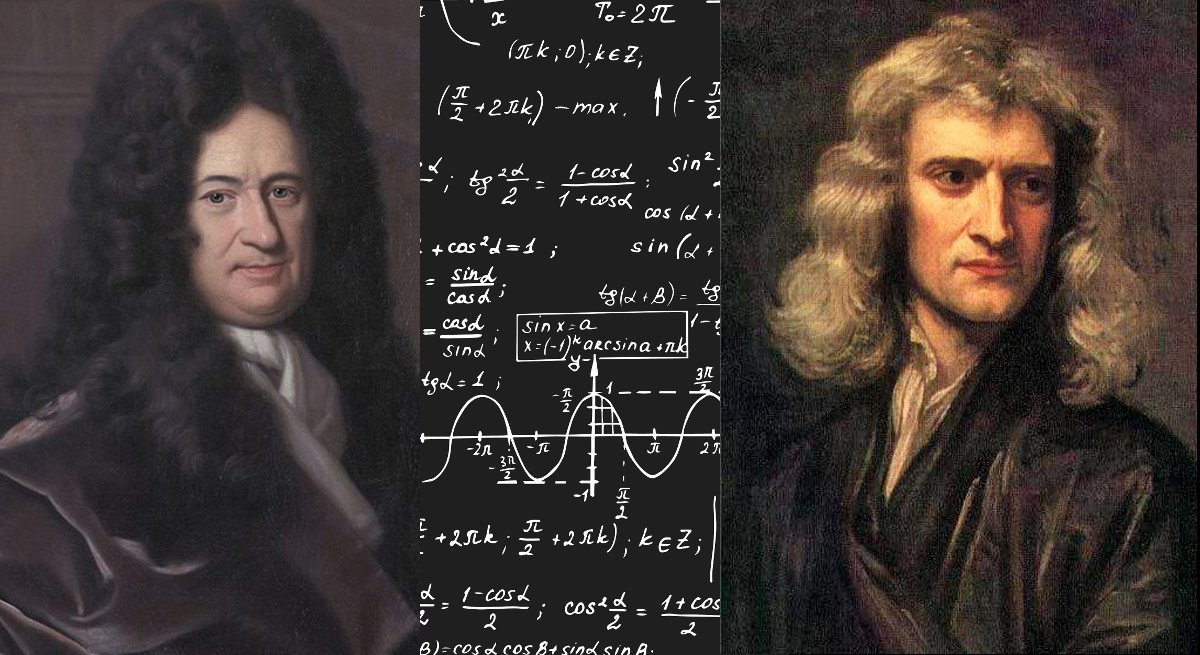
Newton together with Gottfried Wilhelm Leibniz of Germany contributed to the development of calculus. The two men worked independently, and their ideas shaped the world of calculus. Newton helped develop this advanced branch of mathematics that deals with rates of change and with problems such as volume within curved lines.
Newton put in place the basics of calculus, and then Leibniz seriously pursued mathematics and took it to the next level. Leibniz’s paper in 1684 first made calculus a matter of public knowledge.
Laws of Motion
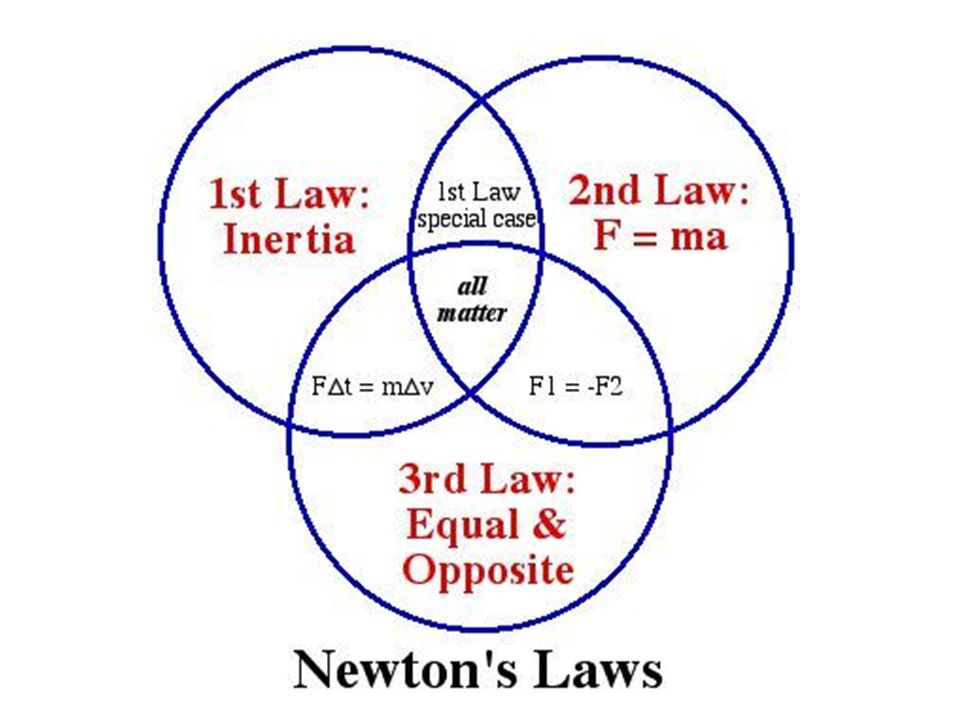
Newton came up with the three laws of motion that laid the foundation of classical mechanics. He compiled these laws in his 1687 work, Principia. The three laws describe the relationship between a body and the forces acting upon it, and in motion in response to those forces.
Many scientists after him verified his laws by experiment and observation for more than 200 years after he laid the foundation. They still remain excellent approximations at the scales and speeds of everyday life. Here are the three laws.
Number 1, Law of Inertia: Every object persists in its state of rest or uniform motion in a straight line unless it is compelled to change that state by forces impressed upon it.
Number 2, Law of acceleration: Force is equal to the change in momentum (mV) per change in time. For a constant mass, force equals mass times acceleration, F = ma.
Number 3, Law of Action and reaction: For every action, there is an equal and opposite reaction.
He also added two general principles of space and time in his work Principia.
The Reflecting Telescope
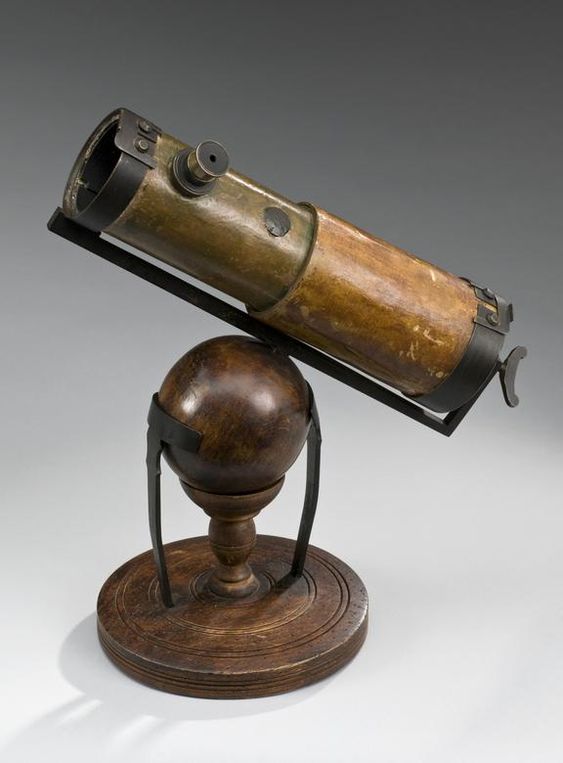
Newton contributed laws and foundations to the world of science. But he also invented practical things. For example, the reflecting telescope. During his time, most people used the refracting telescope. That was not an ideal instrument. Its glass lenses focused on the different colors inherent in light at different distances.
Newton wanted to solve the chromatic aberration problem by using mirrors instead of lenses. In 1668, he built his original reflecting telescope, just six inches long.
The new telescope magnified whatever it focused on by 40 times. After presenting the scope to the Royal Society, he got invited for membership.
New Theory of Light and Color
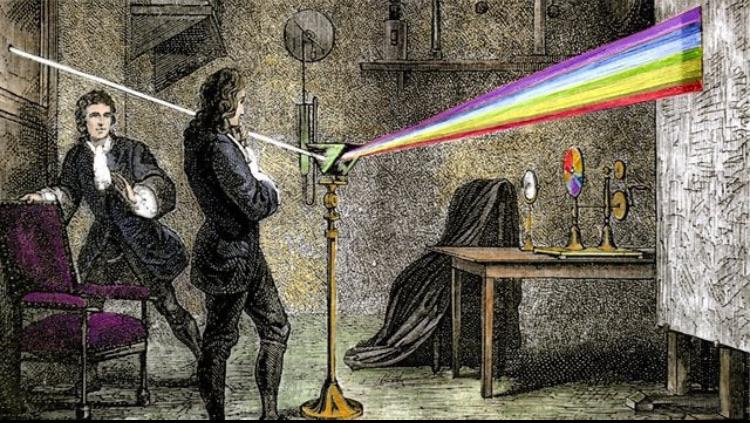
Newton donated his original telescope to the Royal Society. The item helped solve the chromatic aberration problem. But he also delivered a paper to that august body about his novel theory of light and colors
With prisms and his exacting experimental technique, Newton discovered that sunlight contains all the colors of the rainbow.
Newton made his experiment on light in 1666, at the age of 24. But he didn’t publish the book Opticks until 1704. This book summarized his findings on color and light.
Contributions to the Laws of Gravity
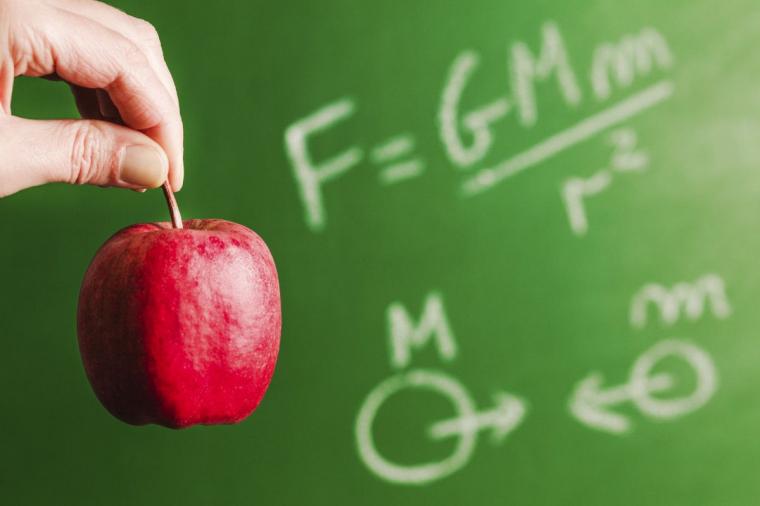
Newton formulated the notion of gravity as a universal force. He wrote about it in his work Principia, formulating the law of universal gravitation. The law states that “any two bodies in the universe attract each other with a force that is directly proportional to the product of their masses and inversely proportional to the square of the distance between them”.
This revolutionary law helped explaining phenomena like the tides and trajectories of comets. Einstein’s theory of general relativity superseded Newton’s universal gravitation law later on.
Yet, we continue to use and follow this law as an excellent approximation of the effects of gravity in most applications.
Principia, The Iconic Book
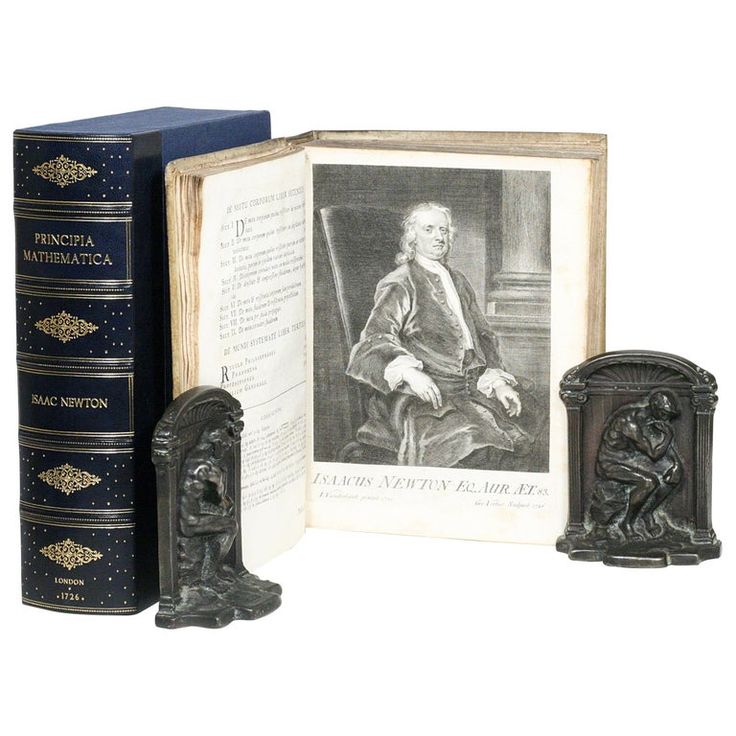
We mentioned this book before. It is one of the most important works in the history of science. He published the book on July 5th, 1687. In the book, Newton wrote about his theory of calculus and the laws of motion and universal gravitation.
With the book, Isaac provided a revolutionary new mathematical description of the Universe. Newton combined his laws to explain Kepler’s laws of planetary motion.
Principia served as the instrumental asset in enabling the industrial revolution. Many scientists nowadays consider it the fundamental work for the whole of modern science.
Early Modern Chemistry
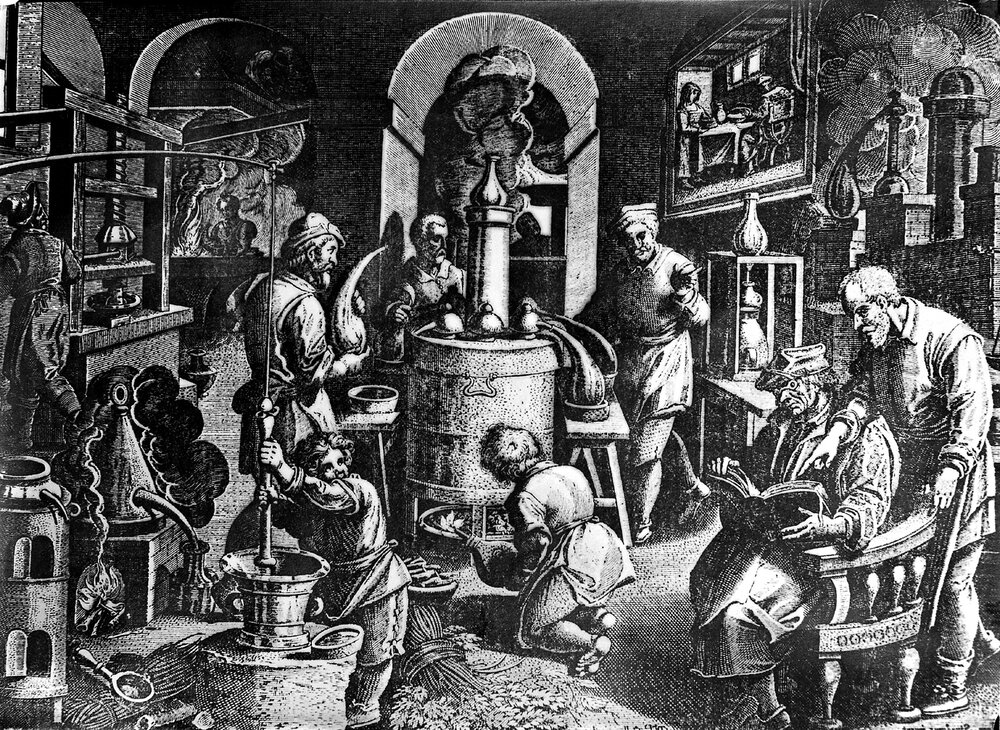
Sir Isaac Newton contributed to so many fields. Most of us know him in the fields of mathematics, science, and physics. But he also contributed to chemistry.
He spent many hours practicing alchemy. And like other alchemists, he wanted to turn metals into gold or find a universal cure for diseases.
He never found what most alchemists sought. And he only published one short paper of his alchemical experiments.
But historians agree that through his meticulous efforts, Newton furthered the practice and techniques of chemical science.
The Binomial Theorem
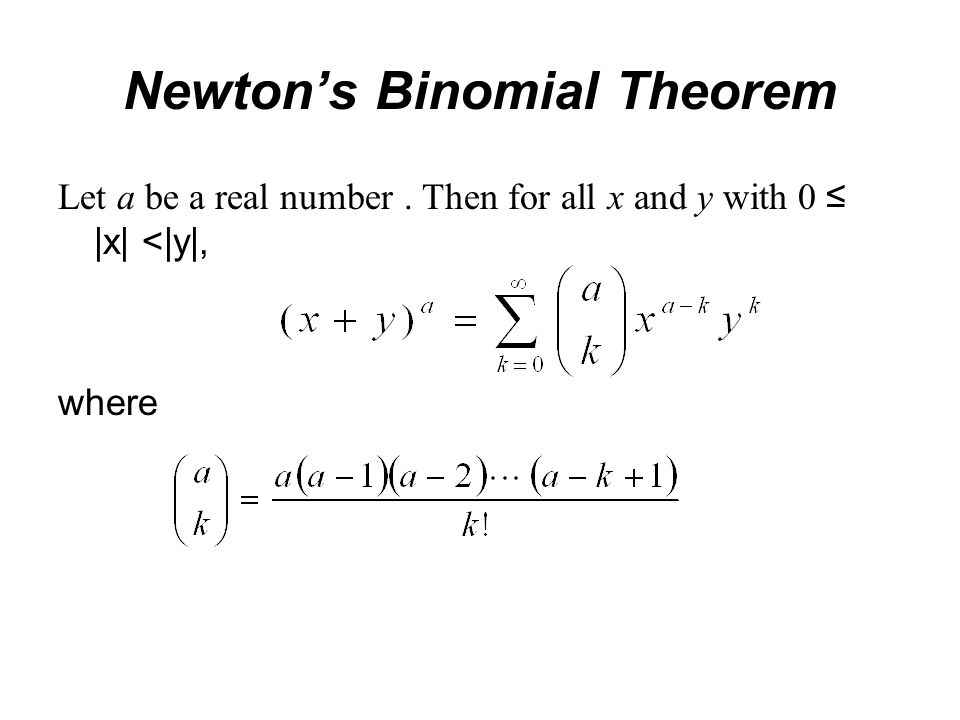
Today, we credit Newton with discovering the generalized binomial theorem. It is valid for any rational exponent. And we use it extensively in mathematics.
Nowadays, we use Newton’s method, as a way to find a minimum or maximum of a function.
Analyze the Phenomenon of Newton’s rings
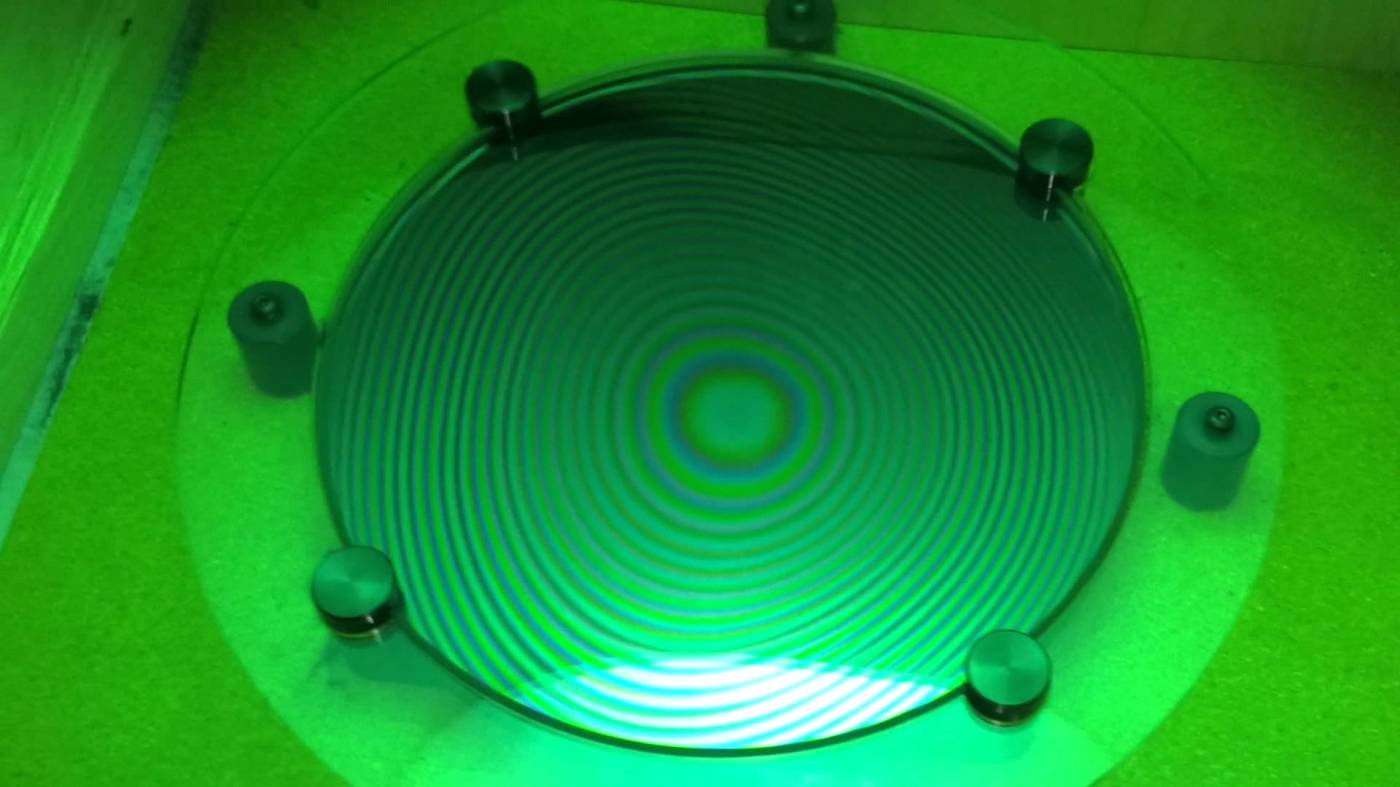
Newton inferred correctly the oblateness of Earth’s spheroidal figure. He remains the first to analyze the phenomenon of Newton’s Rings. The phenomenon is an interference pattern created by the reflection of light between a spherical surface and an adjacent flat surface.
The result is the notion of a Newtonian fluid. It is a fluid whose viscosity is constant for different rates of shear and does not change with time.
With this, Newton performed the first analytical determination of the speed of sound in air.
Sir Isaac Newton
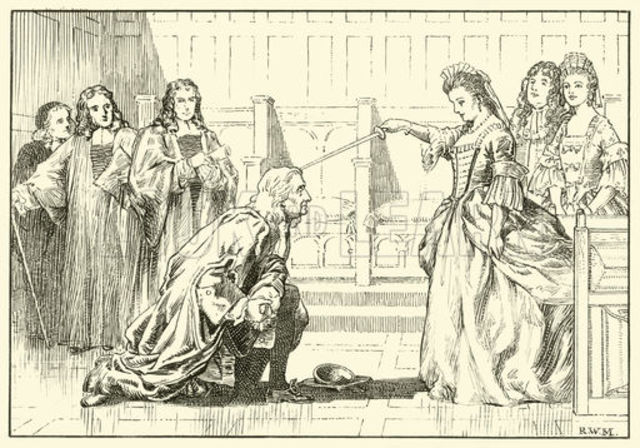
Apart from his contributions to science, he got appointed Warden in 1696, and Master in 1700 of the Royal Mint. He served as a member of the Parliament of England from 1689 to 1702. In 1703, he got elected as the President of the Royal Society.
Queen Anne knighted him in 1705, making him the second scientist to receive such honor. Francis Bacon is the first one.



